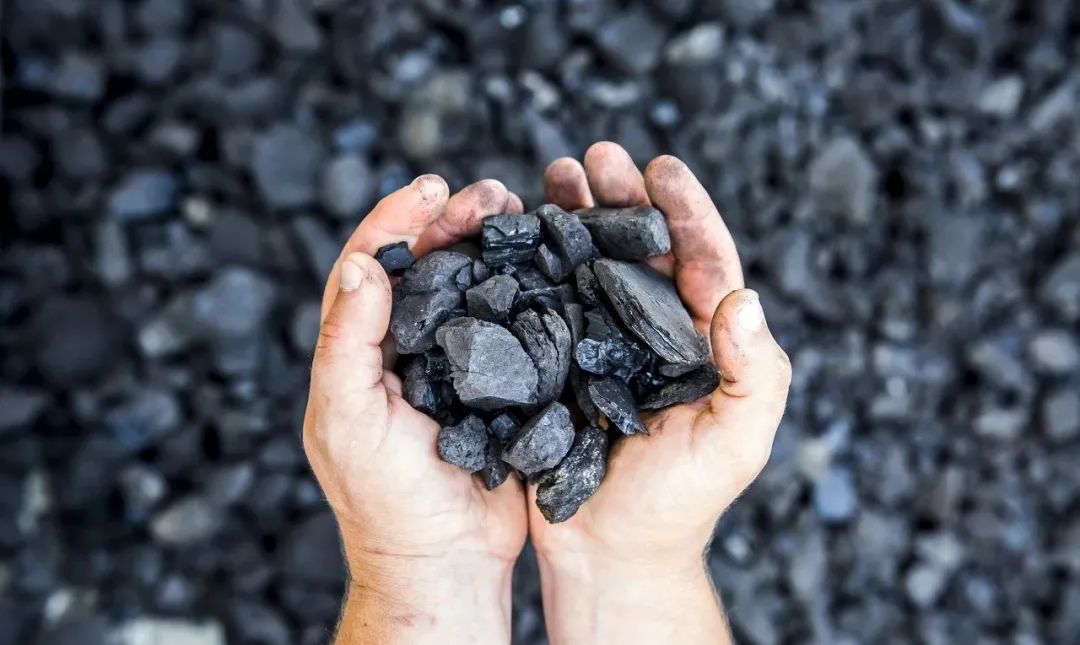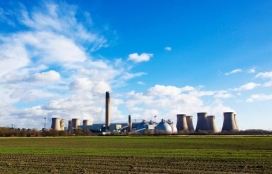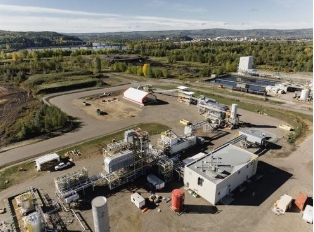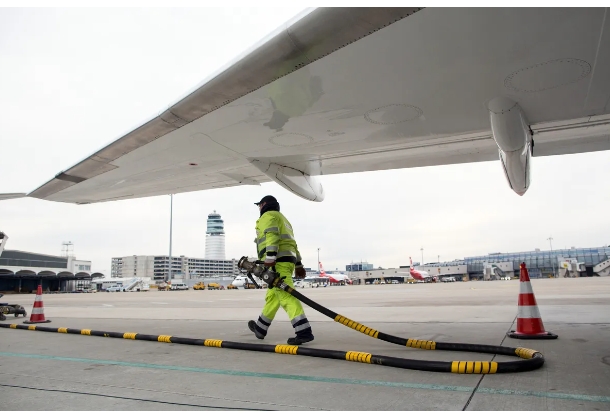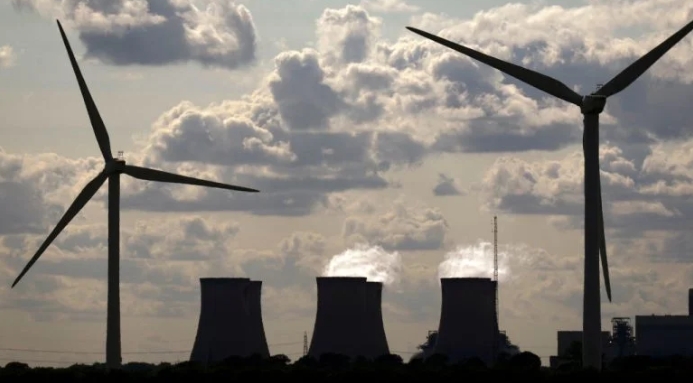The disagreements centered around prolonging subsidies for coal plants to keep capacity on standby to avert blackouts, with Poland cited as a key regional power producer that may be negatively affected if the subsidies were scrapped.
However, while Poland may be Europe’s most coal-dependent economy with roughly 70% of electricity coming from coal, it is far from being Europe’s only economy with a vested interest in extending the life of its power plants.
Nine other European countries relied on coal for more than 10% of electricity generation as of 2022, including Germany, the Netherlands, Romania, Turkey, Czechia and Greece, according to data from Ember.
Such a wide geographic and developmental span of nations makes it clear that European Union negotiators will need to look beyond Poland when seeking support for measures that phase out coal use in the region.
HEAVY USERS
Germany has the highest number of coal plants in Europe, with 53 facilities listed as participating in the EU Emissions Trading System (EU ETS), data from Ember shows.
The EU ETS aims to cap overall carbon emissions by allowing countries and companies to trade emissions allowances among ETS members up to a certain limit, which will be lowered over time.
Germany is also the highest overall coal-fired emitter in Europe, discharging just over 180 million tonnes of carbon dioxide and equivalent gases from coal which produced 31% of electricity in 2022, Ember data shows.
Perhaps surprisingly, Germany was a key opponent to the coal subsidy proposal at this week’s meeting, largely due to the country’s ambitious commitment to phase out fossil fuel use and build out clean power sources over the coming years.
But more significantly, as Europe’s largest economy, Germany has the deepest pools of government funding available for energy transition efforts, so is much better placed than many other member states to stomach the high costs of retooling energy systems in record time.
Poland, by contrast, is less well placed for a speedy power sector overhaul.
Poland has the second largest number of plants in the EU ETS system (42), is the second largest coal polluter (125 million tonnes of CO2 in 2022), but has less than half of Germany’s per capita gross domestic product, according to the World Bank.
Poland is also home to the Belchatow Power Station, which is by far Europe’s largest thermal coal plant, which alone spewed out over 35 million tonnes of CO2 in 2022.
But Belchatow also produces roughly 20% of the country’s electricity, and so is emblematic of the challenges facing EU bureaucrats as they try to forge a plan to speedily wean the region off coal while still supporting economic activity.
Poland’s manufacturing-heavy economy means the country has a higher carbon-intensity than other large European economies, and low operating costs are critical to the country’s competitiveness.
That means that any rapid shutdown of coal-fired plants in Poland could cause severe economic harm unless a commensurate amount of clean power is brought online at the same time, which is a challenging proposition given the high costs involved.
EU policymakers are aware of Poland’s plight and are attempting to develop plans that will be acceptable to both Poland and the broader EU community.
But it is clear from the breakdown in this week’s talks that all parties are not yet on the same page.
MIDDLEWEIGHTS
Other Eastern and Southern European nations also present a tough test for policymakers.
Czechia, formerly the Czech Republic, has 19 coal-fired plants in the EU ETS which emitted a collective 34 million tonnes of CO2 in 2022. It relied on coal for 43% of electricity in 2022.
Bulgaria, which depended on coal for 42% of electricity last year, has five plants in the EU ETS which emitted 23.8 million tonnes last year.
Turkey, which is not an EU member and so does not participate in the EU ETS, relies on coal for more than a third of its electricity, and has an estimated 77 coal-fired power units in the country, according to Global Energy Monitor (GEM).
Slovenia and Romania also have a high coal reliance, while even wealthier Western European champions of clean energy development such as the Netherlands and Italy have recently been forced to boost coal’s share of electricity generation due to gas market turmoil.
With such a large number of nations continuing to depend on coal for daily power needs and unable to quickly sever coal use without suffering energy market disruption, it is clear that Poland is not the only coal hold out that EU policymakers must contend with when discussions resume.
